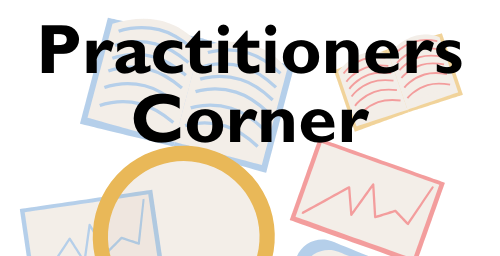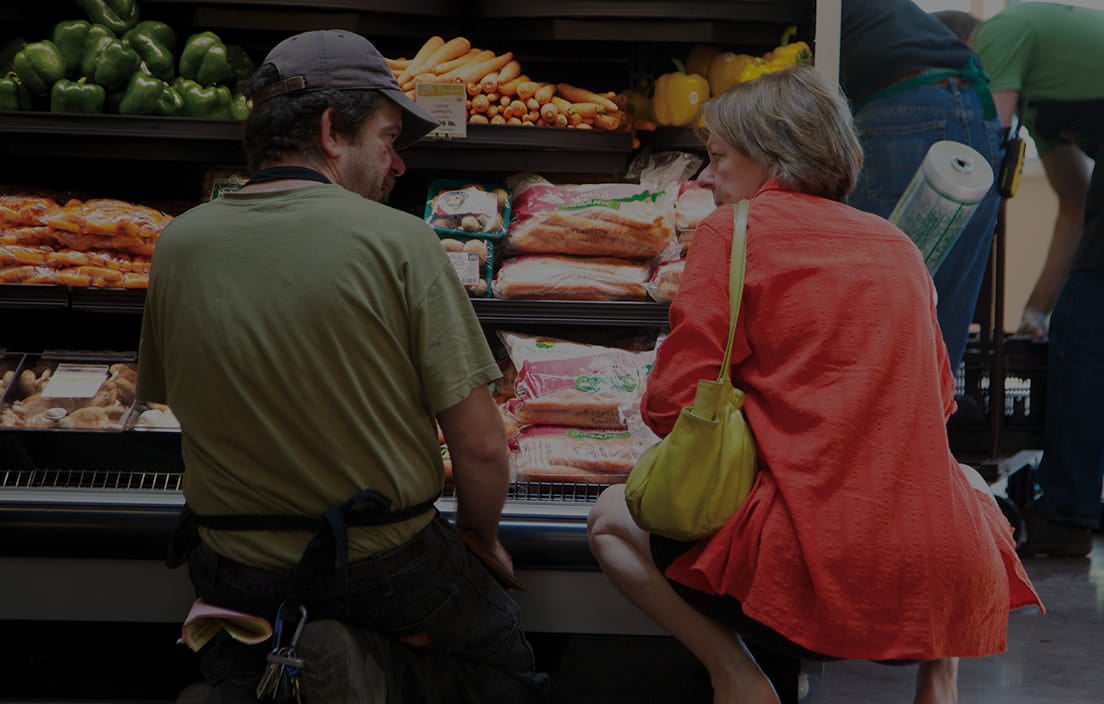Practitioners Corner

Get to Know Your Fascia
Louise LeGouis – Homebody
While you may be very familiar with the World Wide Web, you may need a better sense of your inner super-highway of connectivity. Getting to know your fascia may support your health. Did you know that fascia has six times more nerve receptors than muscles? Or that fascia is fifteen times faster than the nervous system?
Fascia’s tensegrity plays an essential role in posture and movement organization; some call it the “organ of form.” This understanding empowers you to take control of your body’s health. Fascia is also your “natural bandage,” fascia fibroblasts provide protection and repair functions. Receptors in deep fascia support your sense of where your body is in space, while more superficial fascia interoceptors help you receive, interpret, respond to, and regulate your body’s internal signals.
Here are some ways you could think of your fascia: your “body wide web,” your “catsuit,” your “anatomical interconnectedness,” your “scaffolding or architecture,” the “stuff that binds you together,” your “fluid body.” Fascia is what gives your body tensegrity, a property that makes a structure strong through a balanced combination of tension and compression.
During dissections, classical anatomists traditionally removed fascia to get to the muscles, organs, and bones, which were perceived to be more salient features in the body. In the last couple of decades, fascia got another look and was found to be very “fascia-nating” in its own right. It has become the focus of many studies and regular international congresses. It was primarily described as internal connective tissues weaving their web through all the organs, muscles, bones, and nerve fibers. More recently, some wonder if we should entirely re-think the notion of separateness instilled by classical anatomy; the study of fascia reveals how one structure in the body morphs into the next.
Various forms of bodywork, including self-myofascial release with therapy balls, give you a chance to embody your fascia, discover body blind spots, and unlock tension patterns held in the stiff fascia. Whether you’re looking to power your strength training, pre-hab or rehab for surgery, or downregulate your nervous system, self-myofascial release can be a supportive practice. Join us at the Brattleboro Food Co-op Community Room on September 28 at 3:00 pm to sample the Roll Model Method of Self-myofascial release using Tune Up Fitness self-massage therapy balls. This unique and free class is a rare opportunity for hands-on learning and practice. Register now to secure your spot!
About Producer of The Month

Shop Online

On Sale Now!

